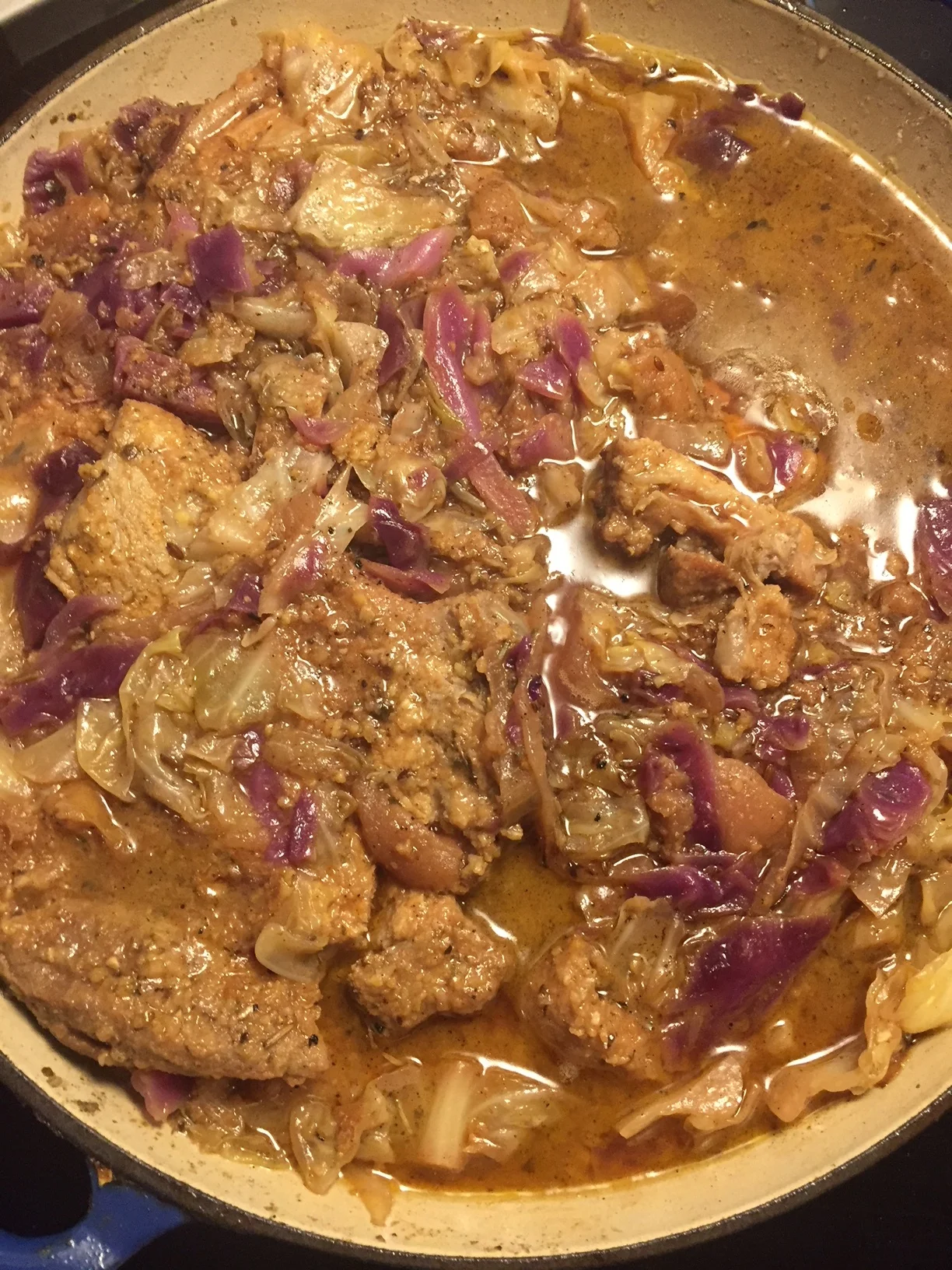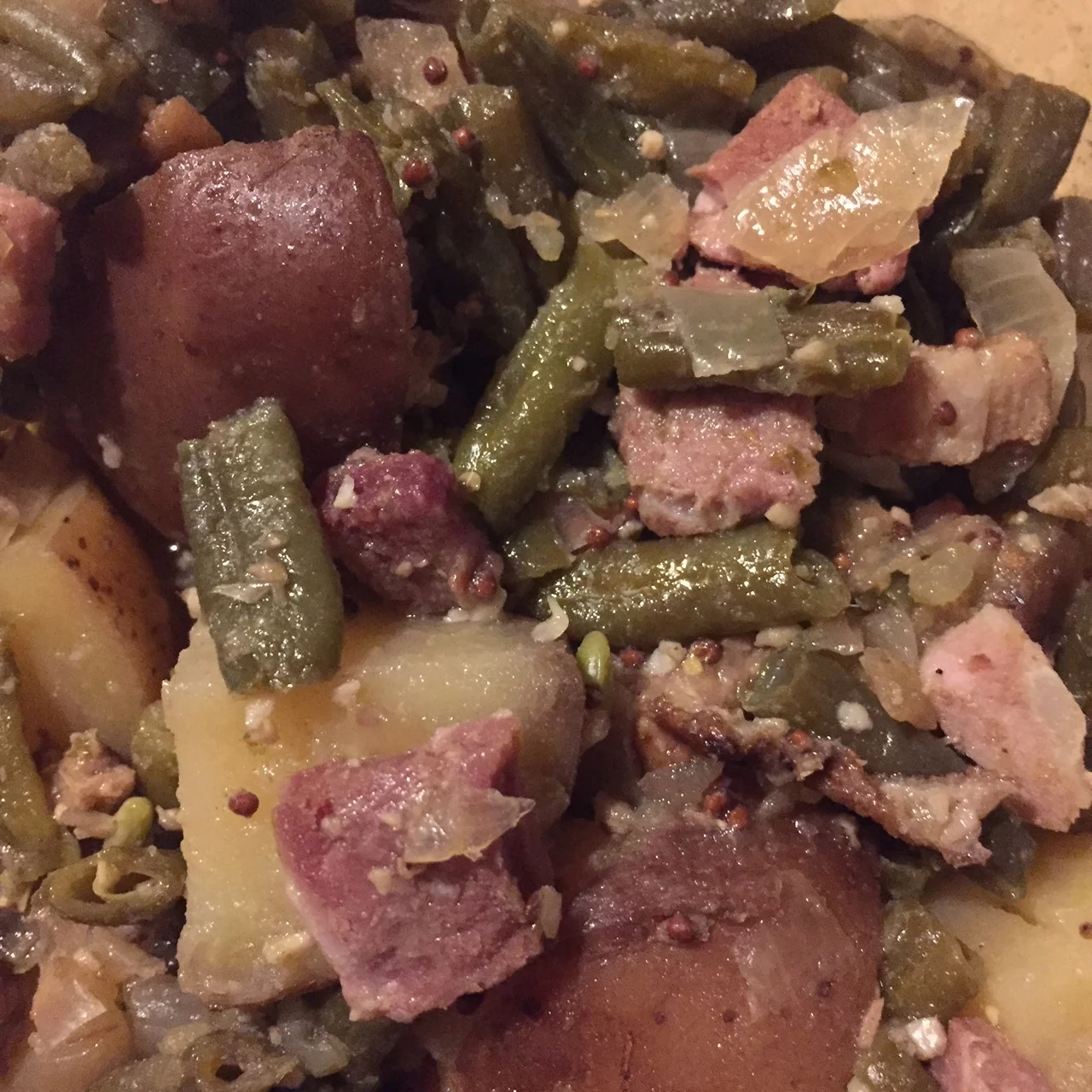What is cured meat?
Cured products such as bacon are typically (more on this later) made by adding nitrates or nitrites to a brine mixture. (A nitrite is basically a nitrate minus an oxygen atom.) A standard cure uses sodium nitrite. An alternative is to use something like celery powder. Celery powder is naturally high in sodium nitrate.
Nitrates and nitrites
Besides celery, some other vegetables such as spinach contain relatively large amounts of nitrates. A large percentage of the nitrates you consume probably comes from vegetable sources, not cured meats. The human body converts some ingested nitrates into nitrites. Regardless of the source, your digestive system normally handles these with no problem.
If, however, something goes awry in your digestive system, sometimes nitrites in meat can instead convert to nitrosamines, which you may have heard may be a risk factor for cancer. It's up to you how much weight you give in the real world to laboratory findings that something is a statistically significant risk factor. Entire books have been written about what "statistically significant" really means. Nitrates in fresh vegetables don't normally turn into nitrosamines because most of these vegetables don't contain amines, since amines are normally associated with proteins. No amines, no nitros-amines.
It's not clear what are all the factors that can contribute to nitrosamine production. Could the quality of the meat (CAFO vs. pasture-raised) be a factor? Could what the animal ate be a factor? Could the addition of chemical preservatives or artificial colorings be a factor?
There is no such thing as "uncured bacon"
Simply put, there is no such thing as "uncured" bacon. Bacon is by definition cured. And most "nitrate-free" bacon is not nitrate free at all: products labeled as such simply contain nitrate from celery powder (and will have a small note that this is the case, under the gigantic "Nitrate Free" label). Since this nitrate is consumed with the meat and not as a fresh stalk of celery, it gets digested along with the same amine groups present with a standard cure. So...if there is a health risk, is this reducing it at all? In fact, it might be easier to measure how much nitrates and nitrites are added to a standard cure than it is to determine exactly how much is naturally present in any given batch of celery powder used for curing.
You can make your own nitrate-free* cured meat
(* Well, "no nitrates added" would be more accurate. Since nitrates occur naturally, you'd have to somehow remove them all to be "nitrate free".)
Cured meat products are typically made with added nitrates or nitrites, but obviously cured meats have been around a lot longer than synthetic sodium nitrite or celery powder. The benefit of including nitrates and nitrites in the cure is that doing so significantly reduces the risk of botulism. However, you can find plenty of recipes for how to take pork belly and salt-cure it at home using a homemade brine. It's like home canning: there are risks, so it's important to know what you are doing. But it's certainly possible and plenty of people do it all the time.
We take no sides in the health debate. It's possible one or other type of cure is healthier. We don't know. We simply encourage you to educate yourself and make whatever decision you think is best for you. We hope this explanation helps with that! We do think that cured meats are nutritious and delicious, and therefore worth eating and appreciating in moderation.




